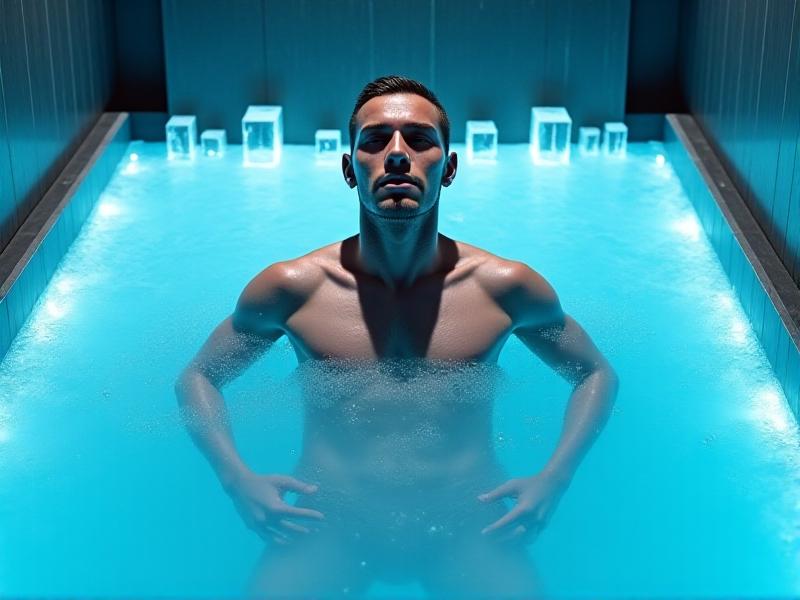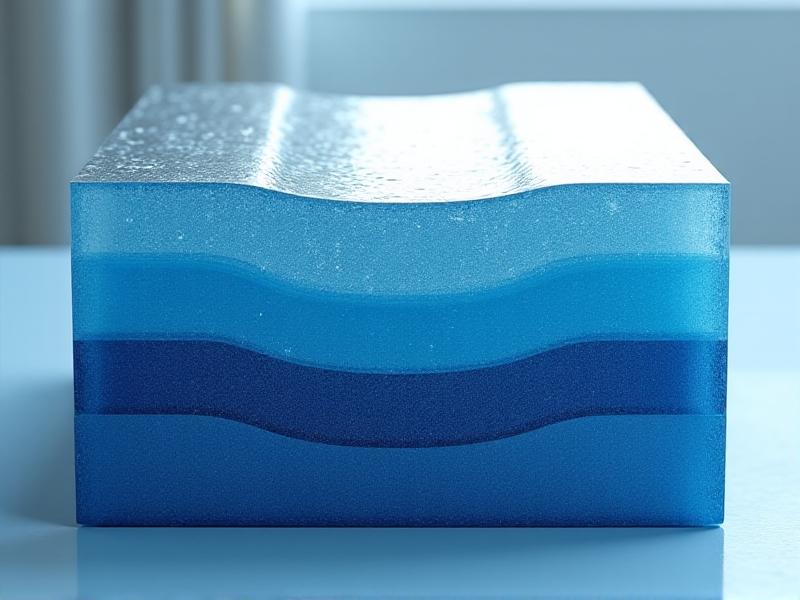Post-Workout Cold Immersion Timing Guide
The Benefits of Post-Workout Cold Immersion
Cold immersion has become a cornerstone of recovery for athletes and fitness enthusiasts alike. By exposing the body to cold temperatures after intense exercise, individuals can reduce muscle soreness, decrease inflammation, and accelerate recovery. The sudden drop in temperature constricts blood vessels, flushing out metabolic waste like lactic acid, while the subsequent rewarming phase boosts circulation, delivering oxygen and nutrients to fatigued muscles. Beyond physical benefits, cold immersion also enhances mental resilience by challenging the body’s stress response, fostering a sense of calm and focus.

Understanding the Science Behind Cold Immersion Timing
Timing is critical when integrating cold immersion into a post-workout routine. Research suggests that the window between 10 minutes and an hour after exercise yields the most significant benefits. During this period, inflammation peaks, making it an ideal time to intervene. However, delaying immersion for 60–90 minutes may be preferable for those focusing on muscle growth, as cold exposure can blunt hypertrophy signals. Balancing these factors requires an understanding of individual goals—athletes prioritizing recovery might opt for immediate cooling, while strength trainers could wait to maximize muscle adaptation.
Ice Baths vs. Cold Showers: Which Is Better?
Ice baths and cold showers differ in intensity and practicality. Ice baths (10–15°C) provide full-body immersion, ensuring even cooling of major muscle groups. They’re ideal for post-competition recovery but require preparation and tolerance for extreme cold. Cold showers (15–20°C), while less intense, offer convenience and accessibility. Their gentler approach suits daily use, especially for newcomers. Neither method is inherently superior; choice depends on recovery needs, equipment availability, and personal preference.

Tailoring Cold Immersion to Your Workout Type
Endurance athletes, such as runners or cyclists, benefit most from immediate cold immersion to combat prolonged inflammation. In contrast, powerlifters or bodybuilders might delay sessions to preserve muscle-building pathways. High-intensity interval training (HIIT) enthusiasts fall somewhere in between—prioritizing inflammation reduction without sacrificing adaptation. Adjusting water temperature and duration (e.g., 10–15 minutes for endurance, 5–8 minutes for strength) further personalizes the experience.
Common Mistakes to Avoid with Cold Therapy
Overexposure is a frequent pitfall. Exceeding 15 minutes in an ice bath or using excessively cold temperatures can lead to numbness, tissue damage, or even hypothermia. Beginners should start with shorter durations (3–5 minutes) and moderate temperatures (15°C). Another mistake is neglecting hydration—cold immersion increases heart rate and metabolic demand, requiring proper fluid intake. Lastly, combining cold therapy with heat (e.g., sauna) too soon can overstress the body; allow at least 2–3 hours between modalities.

Alternatives to Cold Immersion for Recovery
For those averse to cold, alternatives like compression therapy, foam rolling, or infrared saunas offer comparable benefits. Compression boots enhance circulation mechanically, while foam rolling breaks down muscle adhesions. Infrared saunas promote detoxification and relaxation through deep heat penetration. These methods can complement or substitute cold immersion, depending on individual preferences and recovery needs.








